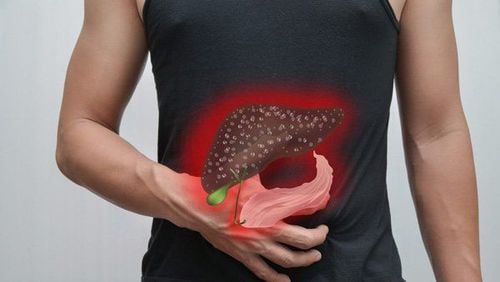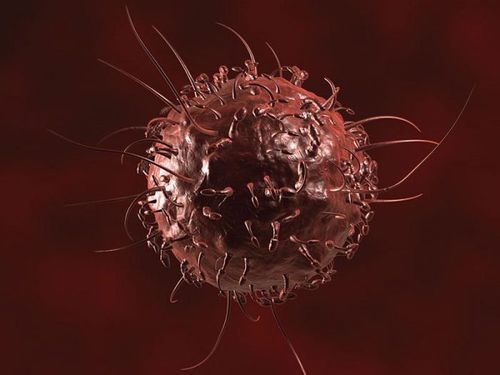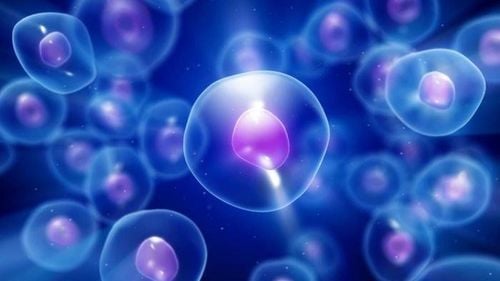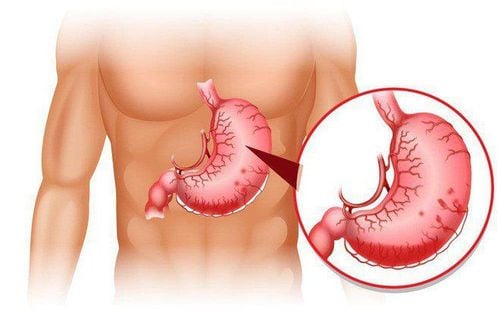CA 19-9 is a tumor marker used in the diagnosis, evaluation of a patient's response to treatment, and monitoring of patients with pancreatic or hepatobiliary cancer. In pancreatic cancer diagnosis, the presence of symptoms such as pancreatic obstruction or biliary obstruction, along with elevated CA 19-9 levels, helps the doctor conclude the risk of pancreatic cancer rather than benign pancreatic tumors. Similarly, patients with symptoms such as ascites, jaundice, and elevated CA 19-9 levels may have an increased risk of liver cancer.
1. What is the normal CA 19-9 level?
The normal CA 19-9 level in plasma or serum is ≤ 37 U/mL. The normal value of CA 19-9 may vary slightly depending on the measurement method, the analytical system, and the kits used by each laboratory.
2. CA 19-9 in diagnosing the risk of pancreatic cancer
CA 19-9 is a tumor marker with a sensitivity of 79 - 81% and specificity of 82 - 90% for diagnosing pancreatic cancer in patients with suspected symptoms. At a threshold value of 37 U/mL, the sensitivity for diagnosing pancreatic cancer is 81% (68% - 93%) and the specificity is 90% (76% - 100%). However, when CA 19-9 levels exceed 1000 U/mL, the sensitivity for diagnosing pancreatic cancer is 41% (68% - 93%), with a specificity of 99.8%.
3. CA 19-9 in assessing the status of pancreatic cancer
The increase in CA 19-9 levels is correlated with the location of the tumor with a threshold of >37 U/mL. When the tumor is located in the head of the pancreas, the increase in CA 19-9 is 80%, while for tumors in the body and tail of the pancreas, the increase is 57%.
The increase in CA 19-9 levels is also correlated with the stage of the disease at a threshold of >120 U/mL. For pancreatic cancer in stage T2/3, the increase in CA 19-9 is 33%, in stage T + N1, the increase is 71%, and in stage TN + M1, the increase is 85%.
The increase in CA 19-9 levels is also correlated with tumor size with a threshold of 37 U/mL: when the tumor size is <3 cm, the increase in CA 19-9 is 57%, for tumors 3-6 cm, the increase is 80%, and for tumors >6 cm, the increase is 100%.
When CA 19-9 levels are greater than 1000 U/mL, the diagnostic value for pancreatic cancer becomes positive, and the specificity reaches around 100%, with no possibility for surgical resection.
4. CA 19-9 in monitoring treatment response and prognosis of pancreatic cancer
The decrease in plasma CA 19-9 levels after pancreatic surgery reflects the treatment response and is directly proportional to the patient's survival time. Conversely, the increase in plasma CA 19-9 levels after pancreatic surgery is directly proportional to the likelihood of recurrence and inversely proportional to the patient's survival time.
5. The result of the CA 19.9 test in evaluating pancreatic cancer recurrence
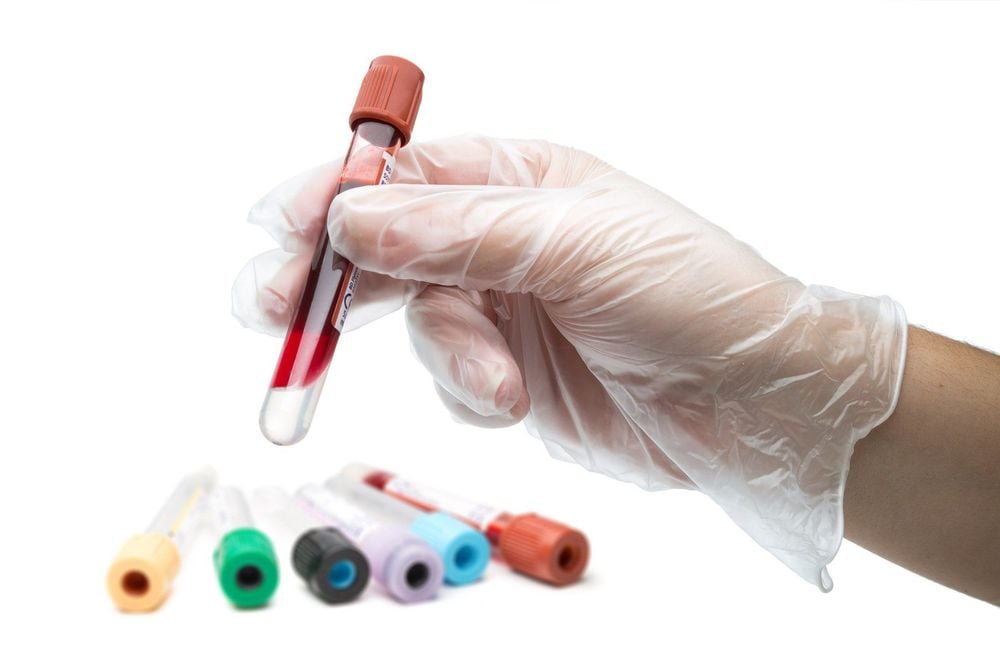
The plasma level of CA 19-9 before surgery at normal levels (<37 U/mL) is associated with a median survival time of 32 to 36 months, which is longer than patients with elevated CA 19-9 levels (>37 U/mL), who have a median survival time of only 12 to 15 months.
After surgery or chemotherapy, if the CA 19-9 plasma level returns to normal or decreases by ≥ 20-50% compared to the initial level, the patient's survival time will be longer than those whose CA 19-9 levels do not normalize or increase.
6. Quantitative CA 19-9 index in other cancers
6. Quantitative CA 19-9 index in other cancers
The plasma level of CA 19-9 may increase in several other cancers, such as liver, bile duct, stomach, colorectal, ovarian, and esophageal cancer.
6.1. CA 19-9 index in hepatocellular carcinoma (HCC)
The clinical sensitivity of CA 19-9 in hepatocellular carcinoma is 22 - 49%.
6.2. CA 19-9 index in biliary tract cancer
The sensitivity of CA 19-9 with a threshold of >100 U/mL in diagnosing biliary tract cancer is 53%. To distinguish between benign and malignant bile duct obstruction, a CA 19-9 threshold of 200 U/mL (with sensitivity of 65% and specificity of 91%) is more suitable than a threshold of 37 U/mL (with sensitivity of 83% and specificity of 45%). Combining the threshold of CA 19-9 > 200 U/mL with a CEA threshold of > 5 ng/mL helps to better differentiate hepatocellular carcinoma (HCC) from primary sclerosing cholangitis with or without bile duct cancer.
6.3. CA 19-9 index in gastric cancer
The clinical sensitivity of CA 19-9 in gastric cancer is 26 - 60% and depends on the cancer stage. The combination of CA 19-9 and CEA markers doubles the clinical sensitivity and also serves as a prognostic factor to assess invasion, liver metastasis, peritoneal metastasis, and cancer stage.
6.4. CA 19-9 index in colorectal cancer
In colorectal cancer, the sensitivity of CA 19-9 (18-58%) is lower than that of CEA (38-58%). The elevation rate of CA 19-9 in colorectal cancer depends on the cancer stage (Dukes A stage: 0-7%, Dukes B stage: 17%, Dukes C stage: 47%, Dukes D stage: 75%). In contrast, the elevation rate of CEA in the stages of colorectal cancer is much higher (Dukes A stage: <20%, Dukes B stage: 40-60%, Dukes C stage: 60-80%, Dukes D stage: 80-85%).
6.5. For other cancers
The sensitivity of CA 19-9 in diagnosing other cancers is generally low: for lung cancer, sensitivity is 7-42%; for breast cancer, it is 10%; for ovarian cancer, it is 15-38% (mucinous type: 68-88%, non-mucinous type: 25-29%); and for uterine cancer, it is only 13%.

7. CA 19-9 index in some benign diseases
The plasma level of CA 19-9 may also increase in some benign conditions such as bile duct obstruction, cholangitis, inflammatory bowel disease, acute or chronic pancreatitis, cirrhosis, cystic fibrosis, and thyroid disease. Approximately 10-30% of cases show a transient increase in CA 19-9, depending on the activity and severity of the disease. This increase is usually <100 U/mL, with a maximum of about 500 U/mL, or a mild, persistent increase that requires monitoring for at least 2 weeks.
To arrange an appointment, please call HOTLINE or make your reservation directly HERE. You may also download the MyVinmec app to schedule appointments faster and manage your reservations more conveniently.
